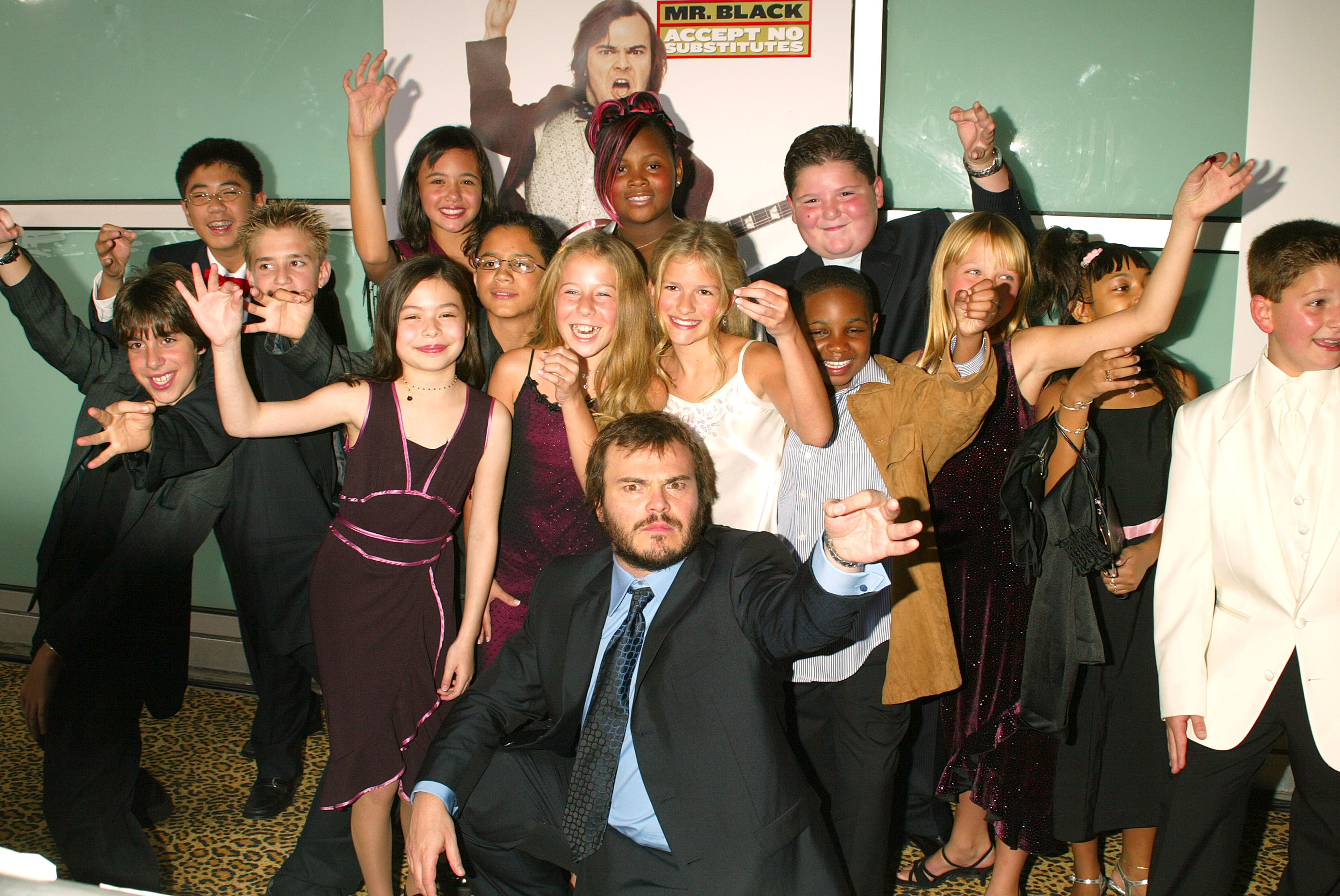The online shopping experience has undergone several transformations since the onset of the internet marketplace.
The companies that have found the most success in the e-commerce space have been able to navigate rapidly changing technology and consumer needs while delivering a quality experience for shoppers online.
Roxy Couse, director of community and content marketing at Bloomreach, has worked in the e-commerce space for over a decade. She told Newsweek that it is crucial for companies to ensure a consistent customer experience throughout the online shopping journey.
"How you interact with [customers] throughout that life cycle of the product matters and all of that feeds into this holistic story that becomes your brand," she said.

Newsweek recently published its ranking of America's Best Online Shops 2025, which highlights the country's top 500 online retailers across several industries. Each shop was graded based on robust criteria, including trust and security, purchase and delivery, structure and usability, service and communication, likelihood of purchase and traffic growth. Additionally, more than 3,000 American shoppers were surveyed on what they valued in an online shopping experience.
Those companies on this ranking at the top of their industry share many commonalities. But what many of them recognize is that the ability to integrate the company's mission into the online shopping experience to build brand loyalty is paramount.
Ring, ranked the top company in the building services category on Newsweek's ranking, started out as a single-device doorbell company in 2013, but has since grown to include a suite of home security products and services.
As a home security company, Ring believes that building trust with customers is essential. Its website, therefore, must provide clear education on its products.
"It's really important to think about the storytelling that your site is doing to help drive engagement education," Mimi Swain, the chief commercial officer at Ring and Blink, told Newsweek. "It's really important to provide a clear purchase journey where it's really smooth and easy to navigate the site as [customers] try to understand these products."
Without the same person-to-person coaching a customer might get from an employee in a store, Ring must establish top-tier customer service on its website to answer all questions customers have about product features before and after purchase.
"It's crucial, building trust, especially within home security," Swain said. "We hear a ton of praise about our responsiveness and quality of our assistance that folks get from our customer service."

Ring's website also demonstrates the company's core mission—to keep people connected to the things that matter most—by displaying customers' Ring camera video footage as user-generated content (UGC) in testimonials and examples of how these products have helped others.
Swain calls UGC "one of the most powerful mediums of storytelling that we use" to not only create an engaging experience on the website but to promote products online.
"With social media, people don't want to be sold to, they want to be educated," she said. "I think UGC gives us this opportunity to show real-life use cases that are relatable and demonstrate the power behind our products and services."
Storytelling is a powerful tool to engage customers and highlight what makes a brand stand out. The customers visiting the online secondhand bookseller ThriftBooks understand what makes a good story. And that is what keeps them coming back to the site.
ThriftBooks, which is the No. 1 company in the media category on the ranking, started in 2003 on Amazon's third-party bookseller marketplace.
"In the early days, the mission was simple: Take these books that were getting thrown away, that had no life, get them listed online and put them back into the hands of readers," ThriftBooks Chief Innovation Officer Mike Ward told Newsweek.
Over the years, the company was able to grow a strong presence on its own website to outpace others in the market and become the leading online independent used book seller.
"We hear from people all the time that as soon as they discover us, they realize this is how they are going to buy books from now on," he said. "They find a brand that serves them, that has books and the value, and that joy of thrifting and saving a book that could have been thrown away."

Vice President of Sales and Marketing Barbara Hagen said the company is successful because it is a group of book lovers who understand their consumers' perspective.
"We don't just sell a book, we want to create a bond with customers and be able to have ThriftBooks be a place where they can affordably fulfill their love of reading," she said.
The company launched a loyalty program, called ReadingRewards, in which customers earn points per purchase that go toward free books. There is also a push toward more personalization in the form of recommendations based on previous purchases or browsed topics on the site to mimic the feeling of discovery readers have when looking through shelves in a bookstore.
The company has also been able to capitalize on current social media trends. With TikTok feeds filled with thrifty finds and book hauls, Ward said reading is becoming more celebrated online, leading to a new wave of traffic and excitement for ThriftBooks.
"We are at the forefront of addressing that desire that customers, especially young customers, have not just to save money and get the books they want, but to celebrate it and share with each other what they're doing," he said.
Young online shoppers have also found their way to other long-standing brands through social media trends.
A recent resurgence in the desire for the 1989 Lenox Spice Village has led the company to restock the collection of 24 porcelain spice houses. The collection went viral on social media, with vintage pieces or full sets being sold online from $75 to $2,500. Now, Lenox is offering the second edition of the collection for preorder on its website.
"We're bringing our product back that has sort of taken on a life of its own," Lenox's Senior Vice President of E-commerce Whitney Goldman told Newsweek. "We've become more agile and adaptable, not only as a team, but also in terms of how we speak to our customers."
Goldman said this is a great example of how the company—which has been around for more than 130 years—is constantly pushing itself to meet customers where they are. The viral demand for the Spice Village has not only boosted traffic and revenue, but it has also opened Lenox's eyes to a new customer base and pushed the company to think of more ways to innovate its product line.

"I think it created a lot of excitement, not only around the brand, but from a customer value and engagement standpoint," she said. "And it certainly sparks for all of us what other great moment of joy and delight can we bring to these customers that we haven't thought of already or other products we could bring back from the past."
Lenox sits at the top of the household goods category on Newsweek's ranking. Goldman, who joined Lenox in March of this year, said the company's website has gone through a refresh to improve customer experience—consolidating the websites of their various brands into one location, creating fewer clicks for customers and making clear categorization and taxonomy to make the products more quickly and easily accessible.
"You need to have an experience that is customer-forward and customer-first," she said. "No matter how they find you, what they purchase, how often they come back, the customer is always at the forefront of that experience."
The brands on the Lenox website have been around for over 100 years, but the company cannot rest on its legacy—Goldman said Lenox needs to let customers know that it is aware of new trends, events, and celebrations that will allow modernization within its "deep heritage."
"Our success or failure is dependent on [customers'] ability to easily shop," she said,
"[to] find what they're looking for, but also walk away feeling good about the brand and being proud of what they purchased and bringing something home that makes them happy and is going to make them come back and shop with us more."




















 English (US) ·
English (US) ·